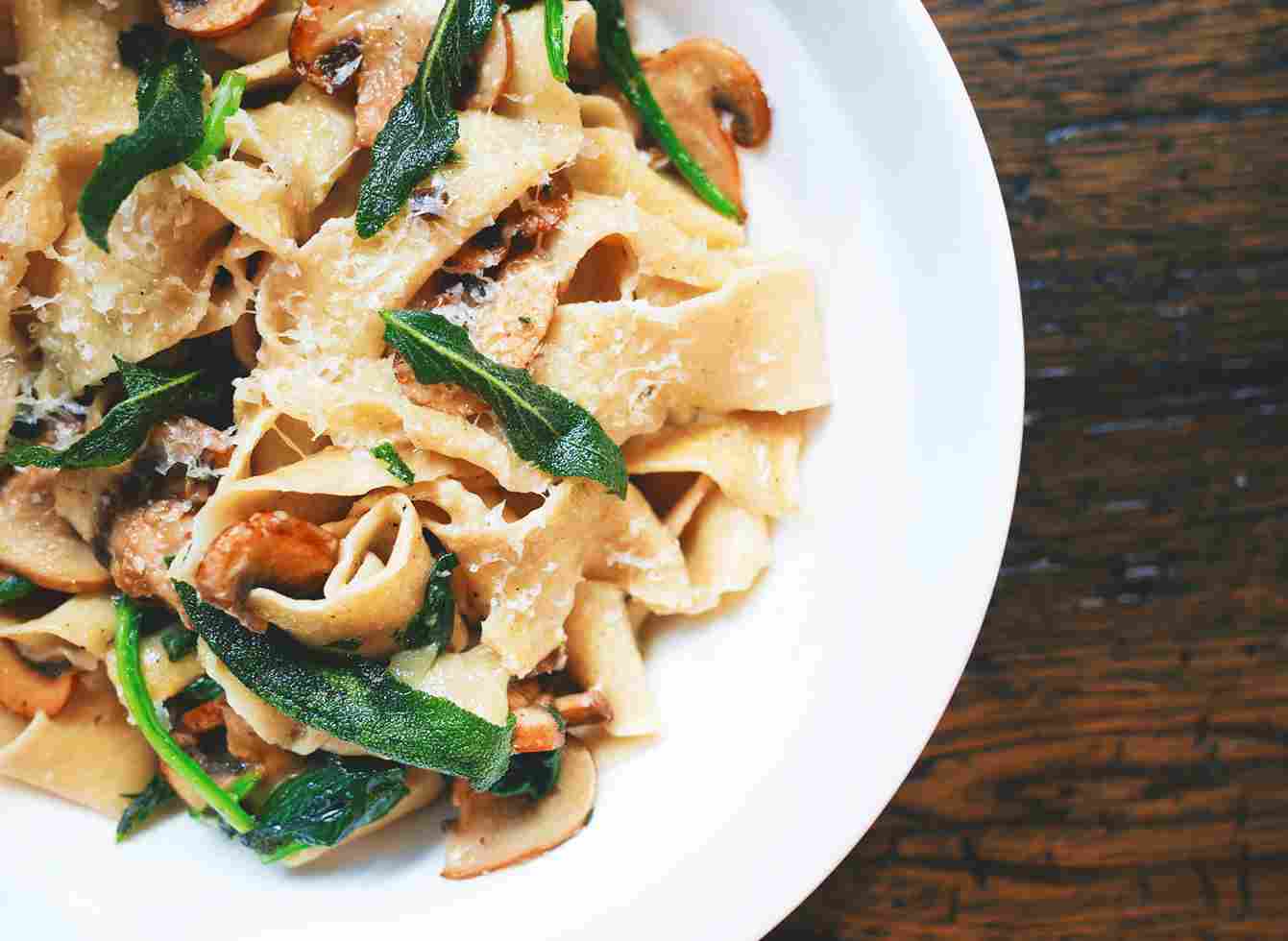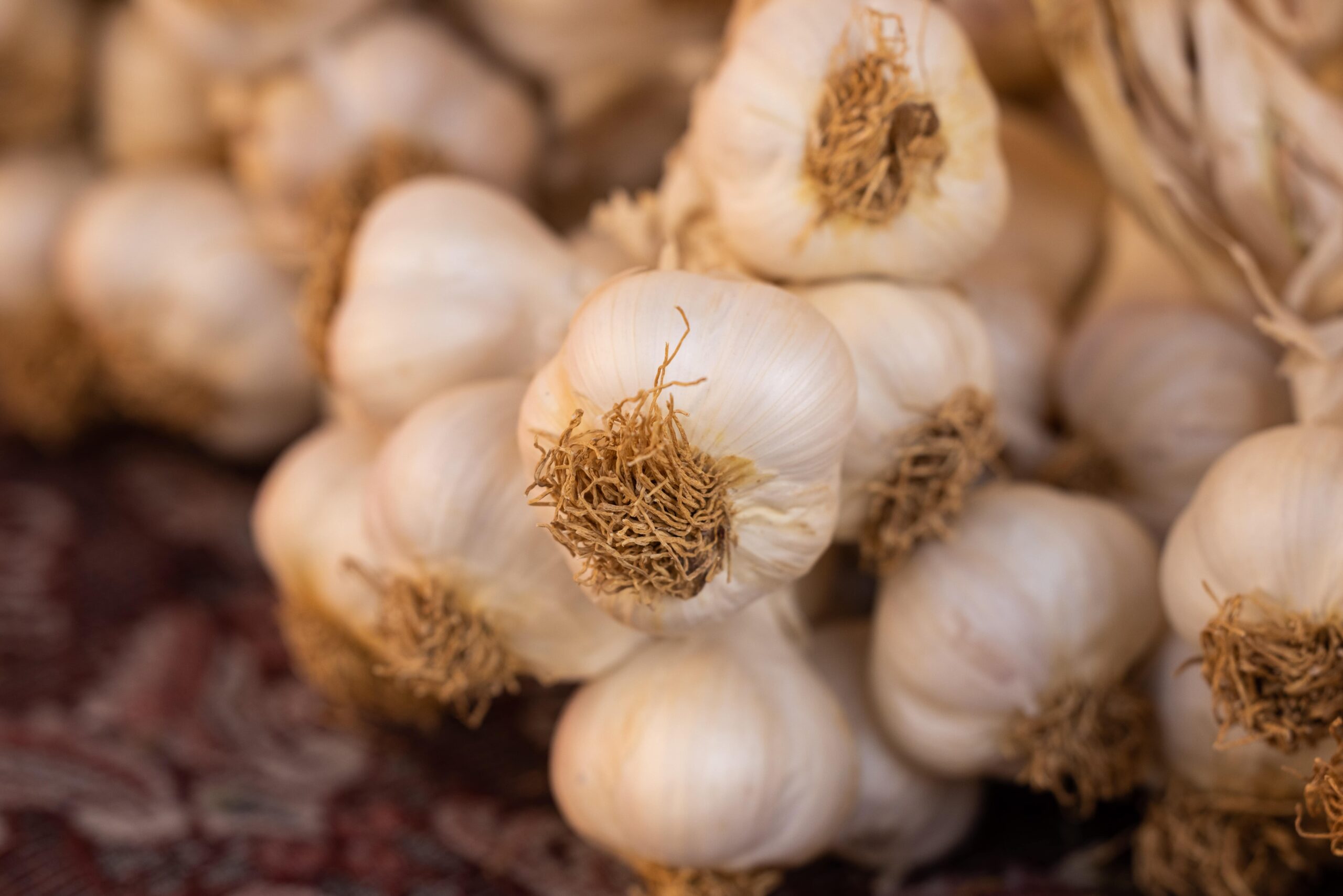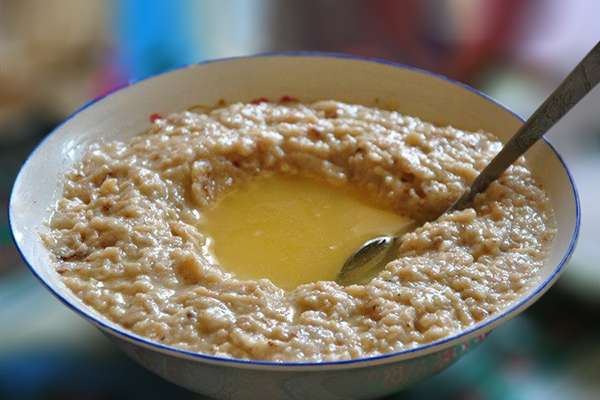For those with diabetes or those who are concerned about avoiding blood sugar spikes, maintaining stable blood sugar levels is essential for overall health. Many individuals are curious as to whether eating day-old pasta and rotis (Indian flatbreads) has a different impact on blood sugar levels than eating freshly made ones. This blog explores the effects of day-old pasta and rotis on blood sugar levels while taking the glycemic index, digestion, and any health concerns into account.
Understanding Blood Sugar and its Importance:
It is essential to comprehend blood sugar and its significance for general health and well-being. Our bodies main source of energy is blood sugar, usually referred to as glucose. It is essential for supplying energy to our muscles, brain, and other organs. However, continuously high or low blood sugar levels can cause health problems, so maintaining steady levels is important. To avoid harmful spikes or decreases in blood sugar, people with diabetes must maintain their blood sugar properly. Regular blood sugar monitoring can assist people in maintaining a healthy balance by enabling them to make educated food and lifestyle decisions. Understanding the importance of blood sugar empowers people to take proactive measures to advance their general health and avert future health problems brought on by blood sugar abnormalities.
Day-Old Pasta and Its Glycemic Impact:
Day-old pasta’s glycemic impact interests health-conscious individuals, particularly those with diabetes. The glycemic index (GI) measures how quickly carbs affect blood sugar levels. Freshly cooked pasta has a lower GI due to its al dente texture, slowing digestion and reducing sugar spikes. However, cooled pasta undergoes retrogradation, elevating its GI when consumed later. Consequently, day-old pasta may raise blood sugar faster than fresh. Individual responses to food vary based on metabolism, portion size, and ingredients. For blood sugar management, consume day-old pasta in moderation, pairing it with protein, fiber, and healthy fats to lessen the glycemic impact. Reheating it with olive oil or vinegar may lower the GI by forming resistant starches, potentially benefiting blood sugar levels.
The Influence of Rotis on Blood Sugar Levels:
The influence of rotis on blood sugar levels is a topic of interest for individuals seeking to manage their blood sugar effectively. Rotis, being a staple in many diets, are made from wheat flour, a carbohydrate-rich ingredient. The glycemic index (GI) of rotis can vary depending on factors such as the type of wheat used, the cooking method, and any additional ingredients. Generally, freshly cooked rotis have a moderate GI, leading to a gradual increase in blood sugar levels. However, when rotis are stored and consumed later, their GI may increase due to retrogradation, a process in which starches become less resistant to digestion. Consequently, day-old rotis could potentially cause a more rapid rise in blood sugar levels compared to freshly prepared ones.

Digestion and Blood Sugar Response:
Our overall health is significantly impacted by the closely interconnected processes of digestion and blood sugar response, especially for individuals managing blood sugar levels or concerned about preventing spikes. The way our bodies digest and process food crucially determines how quickly they convert carbohydrates into glucose, thus affecting blood sugar levels.
Understanding carbohydrate digestion is vital for managing blood sugar levels. Enzymes in the gastrointestinal tract break carbohydrates into simple sugars, like glucose. The digestion speed depends on factors like carbohydrate type and fiber content. Foods with higher fiber, such as whole grains and fruits, lead to a gradual blood sugar rise. Conversely, refined carbs like white rice cause rapid spikes. The glycemic index (GI) of carbohydrates influences blood sugar response, with high-GI foods causing fast spikes, while low-GI foods like legumes offer slower increases. Making mindful dietary choices, like favoring whole, minimally processed foods with fiber, and combining carbs with protein and healthy fats, promotes balanced blood sugar response and overall well-being.
Impact of Storage and Reheating on Blood Sugar:
The impact of storage and reheating on blood sugar levels is crucial, especially for individuals with diabetes or aiming for stable blood sugar levels. Certain foods like pasta, rice, or rotis, when stored and reheated, undergo retrogradation, making them less resistant to digestion. Consequently, day-old or reheated foods may lead to quicker blood sugar spikes compared to freshly prepared ones. To mitigate this, proper storage and thorough reheating are advised. Adding vinegar, lemon juice, or healthy fats during reheating can form resistant starches, reducing the glycemic response and regulating blood sugar levels more effectively. Understanding this impact is essential for making informed dietary choices. Individuals with diabetes or specific health concerns should collaborate with healthcare professionals or registered dietitians to create personalized meal plans considering reheating’s effects. By being mindful of storage and reheating practices, individuals can better manage blood sugar levels and promote overall well-being.
Health Considerations for Diabetics and Non-Diabetics:
Health considerations for both diabetics and non-diabetics are crucial when examining the impact of day-old pasta and rotis on blood sugar levels. For individuals with diabetes, maintaining stable blood sugar is vital to prevent complications and manage the condition effectively. Consuming day-old pasta and rotis may lead to quicker blood sugar increases due to changes in their glycemic index after storage. Hence, diabetics should monitor carbohydrate intake, opt for smaller portions, and pair these foods with protein and fiber to slow down glucose absorption. Similarly, non-diabetics should be mindful of blood sugar levels and overall health. Adopting balanced eating habits, emphasizing nutrient-dense ingredients, and practicing portion control promote steady blood sugar levels and overall well-being. Regular physical activity aids in regulating blood sugar levels, regardless of diabetic status. Making informed food choices based on glycemic impact empowers individuals to prioritize their health.

Conclusion
When eating day-old pasta and rotis, control blood sugar levels with awareness, preventing spikes by incorporating protein, fiber, and healthy fats.
Recognize how digestion and blood sugar affect overall health; choose for full, fiber-rich foods to maintain levels and promote well-being.
Track your carb intake, maintain an active lifestyle, and ask a healthcare provider for individualized meal plans if you have diabetes.
Adopt a holistic approach to nutrition, place an emphasis on balanced eating, and make wise decisions for a longer, healthier life.



